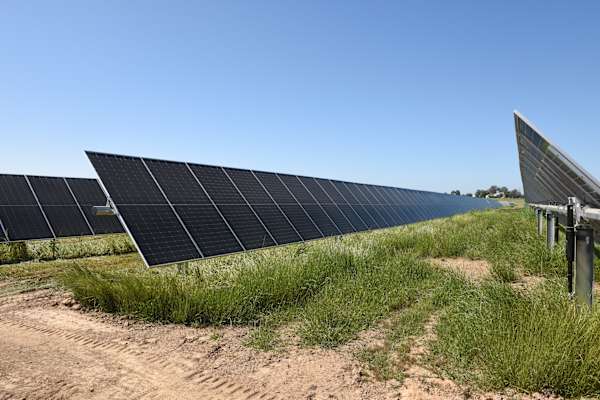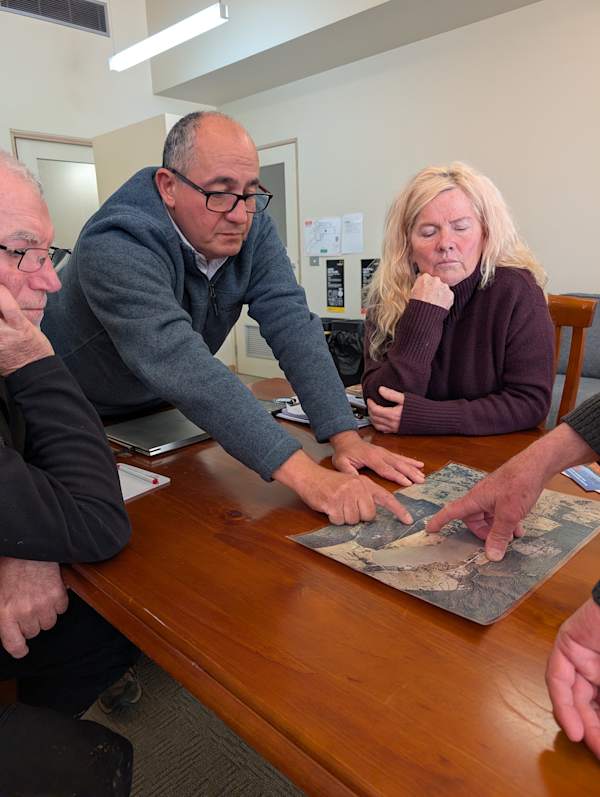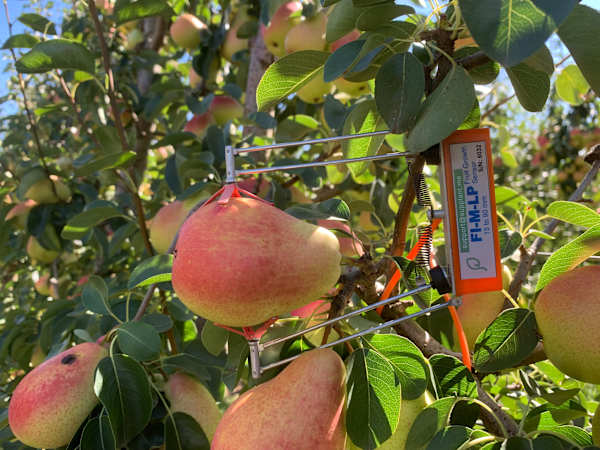AN ergonomically designed, automated catching pen boosting comfort and efficiency in shearing sheds by reducing dragging distances and allowing shearers to maintain better posture has won the coveted 2024 Henty Machine of the Year Award.
The Ram-to-Ewe, entered by Simon Flinn, Flinn Design, The Rock in Southern NSW impressed the judges with its innovation, design and safety features.
Highly commended was the Midwest Legacy, the world’s widest draper platform at 18.3 metres from Midwest Fabrication, Dalby, Queensland.
A total of 10 machines and equipment at the cutting edge of agricultural technology were shortlisted for judging in the Henty Machine of the Year.
Announced on the opening day, this award is presented to the most outstanding new piece of agricultural machinery exhibited at the field days.
Latest Stories
It was judged by an independent panel of five regional primary producers on Monday September 16 and presented at the field days opening on September 17.
Judging criteria included the machine’s purpose and suitability, scope of application, construction (durability and design), ease of maintenance and service, ease of operation and adjustment, availability of parts and overall value for money.
Judge Warren Scheetz described the Ram-to-Ewe as fit for purpose and a leap forward for the shearing industry in operator and sheep safety.
“The design of the automated system works by the back fence moving progressively forward, reducing the size of the pen as it empties out of sheep,” Mr Scheetz said.
“This reduces the dragging distance for the shearer and allows for improved sheep handling and operator safety.
“The design focuses very much on the shearer – they are always picking the sheep up on a level surface with the tilting pen towards them.
"They are pulling straight out so there is no twisting while they are pulling.
“It is increasing the efficiency of the shearer as well and reducing the extra stress on their body, keeping the shearers in better health and allowing them to shear longer.
“It also reduces the penning up time and total shearing time for the grower.”
Flinn Design principal Simon Flinn said the Ram-to-Ewe was designed to modernise old or poorly designed catching pens, at a fraction of the cost of either a new shearing shed or carrying out major internal modifications.
“The Ram-to-Ewe comes in two versions – Instinct is a computerised version which regulates the speed and distance the gate moves over the run; and Manual, where the shearer controls the back gate with the push of a button.
"It is fully pneumatic with no need for any power,” Mr Flinn said.
As the Highly Commended winner, the new Midwest Legacy model stands out with its innovative pro-cut guard design, ensuring long-lasting forged knife guards and a high-speed cutting system that delivers 20 per cent faster cutting speeds for a clean, even cut.
Midwest remains the only global manufacturer to offer a 18.3 metre cutting width for large capacity combine harvesters over the past 10 years and now includes the John Deere X9 class 10 and 11 combines to its line-up.
Warren Scheetz said the platform was designed and built in Australia specifically for the larger class 10 and 11 harvesters.
“The new model has a lower cutting height and improved cutting and feeding systems to increase the overall efficiency of the front over its previous models,” he said.
Additionally, the platform’s advanced drive systems, including a zero stretch, carbon fibre drive belt and dual oil filtration systems, ensure smooth operation and extended service life.
Mr Scheetz paid tribute to the excellence in design displayed by all entrants, which varied from the world’s widest draper platform to an innovative full-swing farm gate.
“The competition is very well supported, and we appreciate the interest each year from local and international businesses,” he said.
Mr Scheetz said streamlining entries to the top 10 of finalists gave judges more time to have an in-depth assessment of each machine and research prior to judging.















